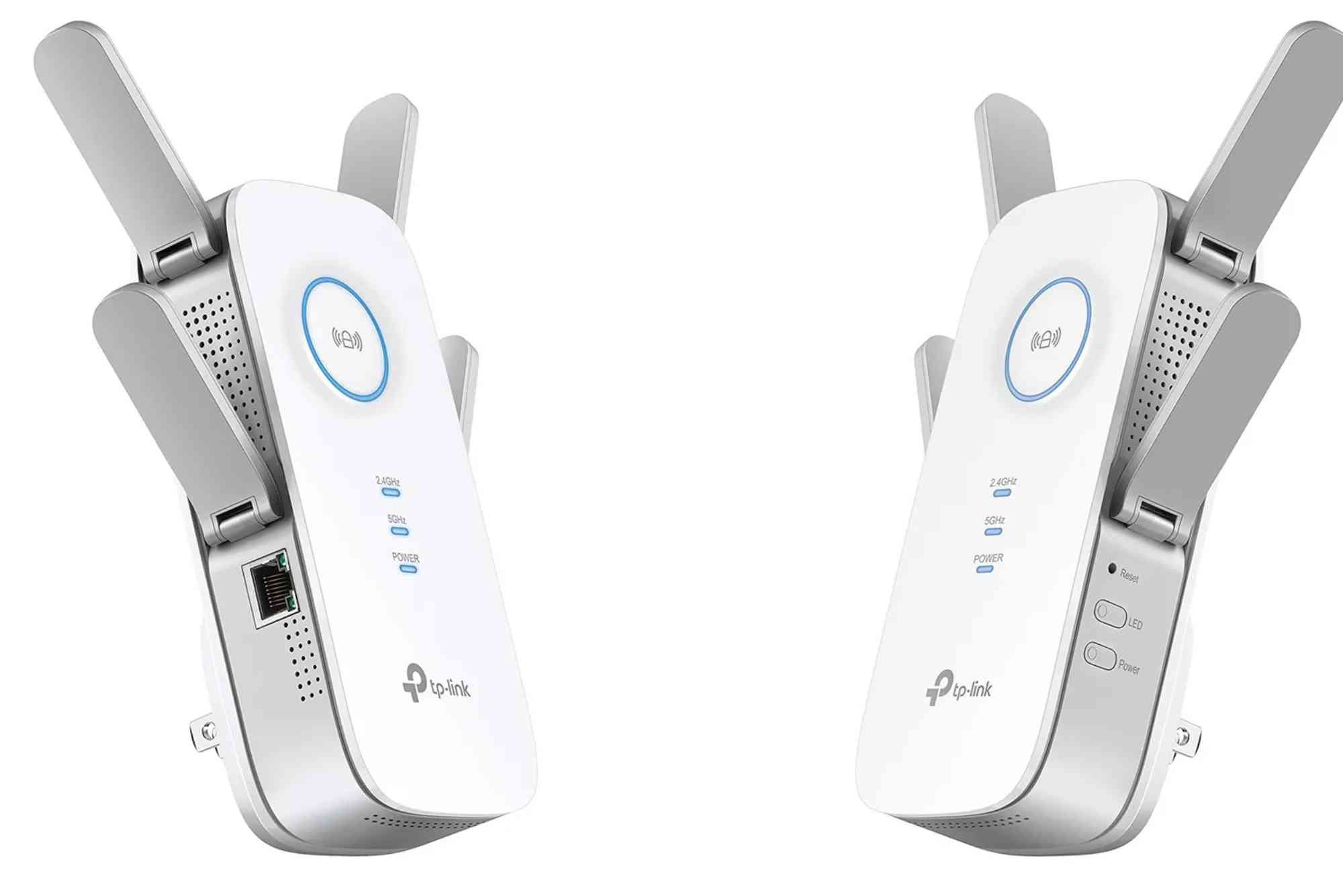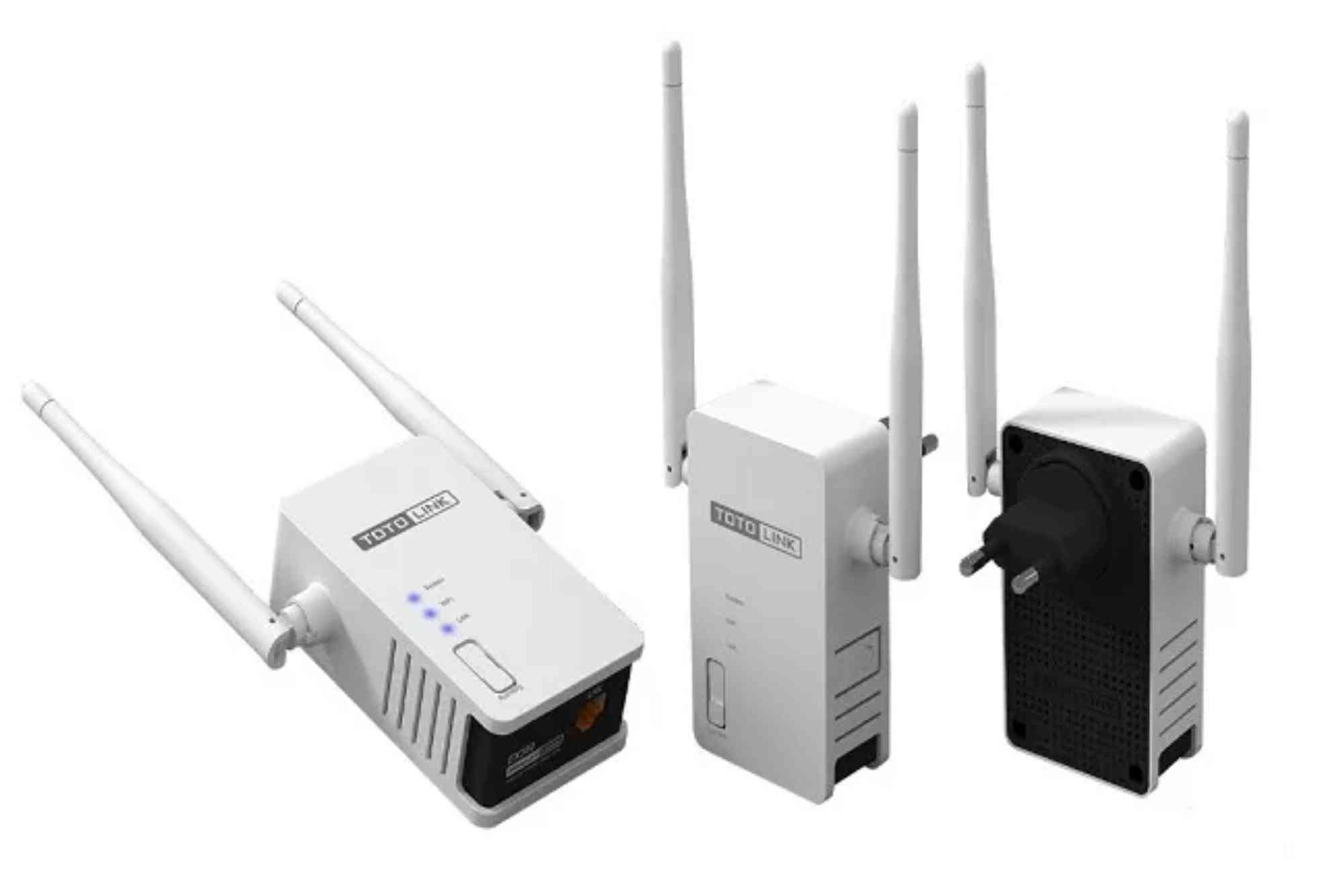Introduction
In today’s connected world, a stable internet connection is no longer a luxury—it’s a necessity. Whether you’re working remotely, streaming in 4K, or gaming online, uninterrupted Wi-Fi coverage matters. Yet, many people struggle with weak signals in certain corners of their homes or offices. That’s where range extenders come in. But even with a Wi-Fi extender, poor channel management can lead to congestion and slower speeds. The good news? You can solve this problem by enabling Wi-Fi range extender auto channel selection.
This feature allows your extender to automatically pick the least crowded channel, ensuring smooth performance. In this guide, you’ll learn what auto channel selection is, why it’s important, and how to enable it step by step.
Why Auto Channel Selection Matters
Every Wi-Fi network operates on specific channels. Think of these channels like lanes on a highway. When too many cars (Wi-Fi signals) are stuck in the same lane, traffic slows down. Similarly, when multiple routers or devices use the same Wi-Fi channel, interference occurs, reducing speed and stability.
Most users don’t realize their extender may be locked on a busy channel. By enabling auto channel selection, your extender scans available channels and chooses the one with the least congestion. This ensures a more reliable and faster connection without constant manual adjustments.
Understanding Wi-Fi Channels
The 2.4 GHz band
The 2.4 GHz frequency band is widely used and has 11 to 13 channels (depending on your region). While it offers good range, it’s more prone to interference from other devices like microwaves and Bluetooth speakers.
The 5 GHz band
The 5 GHz band offers more channels and less interference. It delivers faster speeds but has a shorter range than 2.4 GHz.
Why channel selection is critical
When your extender and router operate on overlapping channels, performance drops. Auto channel selection prevents this by dynamically adapting to real-time conditions.
How to Enable Wi-Fi Range Extender Auto Channel Selection
The process may vary slightly depending on the brand of your extender, but the core steps remain similar.
Log into your extender’s admin panel
Connect your computer or phone to the extender’s network. Open a browser and enter the IP address provided in the manual (usually 192.168.x.x). Log in with your username and password.
Navigate to the wireless settings
Inside the admin dashboard, look for “Wireless,” “Advanced Wireless,” or “Network Settings.” Different brands use slightly different terms.
Find channel selection options
You’ll see a section labeled “Channel” or “Channel Width.” Here, you can usually select a specific channel manually. Beside it, there should be an option for Auto.
Enable auto channel selection
Choose “Auto” for both 2.4 GHz and 5 GHz bands if your extender supports dual-band operation. This lets the device pick the best available channel automatically.
Save and reboot
After selecting Auto, save your settings and restart the extender. Once it reboots, it will start scanning and switching channels as needed.
Benefits of Using Auto Channel Selection
Reduced interference
With auto selection, your extender avoids congested channels, leading to a more stable Wi-Fi experience.
Consistent speeds
Instead of manually testing different channels, the extender automatically ensures optimal performance.
Less manual work
You don’t need to constantly log in and change channels. The extender does the heavy lifting.
Better coverage in multi-device households
Homes with multiple smartphones, laptops, and smart TVs benefit most, as auto channel selection ensures fair distribution of bandwidth.
Troubleshooting When Auto Channel Doesn’t Work
Sometimes, enabling auto channel selection might not solve all issues. Here are possible fixes:
Firmware updates
Check if your extender has the latest firmware installed. Outdated software can limit performance.
Router compatibility
Some routers may not fully support auto channel coordination. Ensure both router and extender are updated.
Physical interference
Walls, furniture, and other electronic devices can still weaken Wi-Fi signals. Reposition your extender for better coverage.
Manual override
In rare cases, you may need to manually pick a channel using tools like Wi-Fi Analyzer apps to confirm the least crowded frequency.
Advanced Tips for Optimizing Wi-Fi Extenders
Use dual-band extenders wisely
If your extender supports both 2.4 GHz and 5 GHz, let auto selection run on both bands. This ensures flexibility for devices depending on their range and speed needs.
Adjust placement
Place your extender midway between the router and the area with weak coverage. Avoid placing it near thick walls or appliances.
Monitor performance
Use speed tests before and after enabling auto channel selection to see improvements.
Consider mesh systems
If you find extenders and channel settings too complex, a mesh Wi-Fi system may provide a simpler long-term solution.
Security Considerations
While enabling auto channel selection improves performance, don’t forget about security. Always use WPA3 or WPA2 encryption, and avoid default admin passwords. A fast connection is useless if it’s not secure.
Real-Life Example
A small business in a busy office block struggled with constant Wi-Fi drops. They had a range extender, but it was fixed to channel 6 on 2.4 GHz, where several neighboring networks also operated. After enabling Wi-Fi range extender auto channel selection, the extender shifted to channel 11, reducing interference. Employees noticed immediate improvements in video calls and file transfers.
For homeowners and businesses alike, enabling this feature can be a game-changer. And if you’re looking for reliable connectivity solutions, providers like Dhanote Internet Services ensure stable broadband paired with expert support.
FAQs
Should I set my Wi-Fi extender to Auto or Manual channel?
Auto is best for most users because it automatically adapts to congestion. Manual works if you’ve tested and found a clear channel.
Why is my Wi-Fi still slow after enabling auto channel selection?
Other factors like weak signal strength, interference from walls, or outdated firmware may still affect performance.
Do all Wi-Fi extenders support auto channel selection?
Most modern extenders do, but older models may only allow manual channel configuration.
Is auto channel selection better for gaming?
Yes. By minimizing interference, it helps reduce latency and ensures smoother online gaming experiences.
How often does auto channel selection switch channels?
It depends on your extender’s firmware. Some check continuously, while others scan periodically, such as every few minutes or hours.
Enabling Wi-Fi range extender auto channel selection is one of the simplest ways to improve network reliability. It reduces interference, boosts speed, and saves you from constant manual adjustments. Whether you’re a casual internet user or someone running multiple connected devices, this feature ensures your extender always chooses the best available lane on the Wi-Fi highway.
If you’re ready to enjoy smoother streaming, faster downloads, and better coverage, log into your extender’s settings and enable auto channel selection today. And if you’re looking for dependable connectivity in Pakistan, Dhanote Internet Services can provide the strong foundation your network needs.








